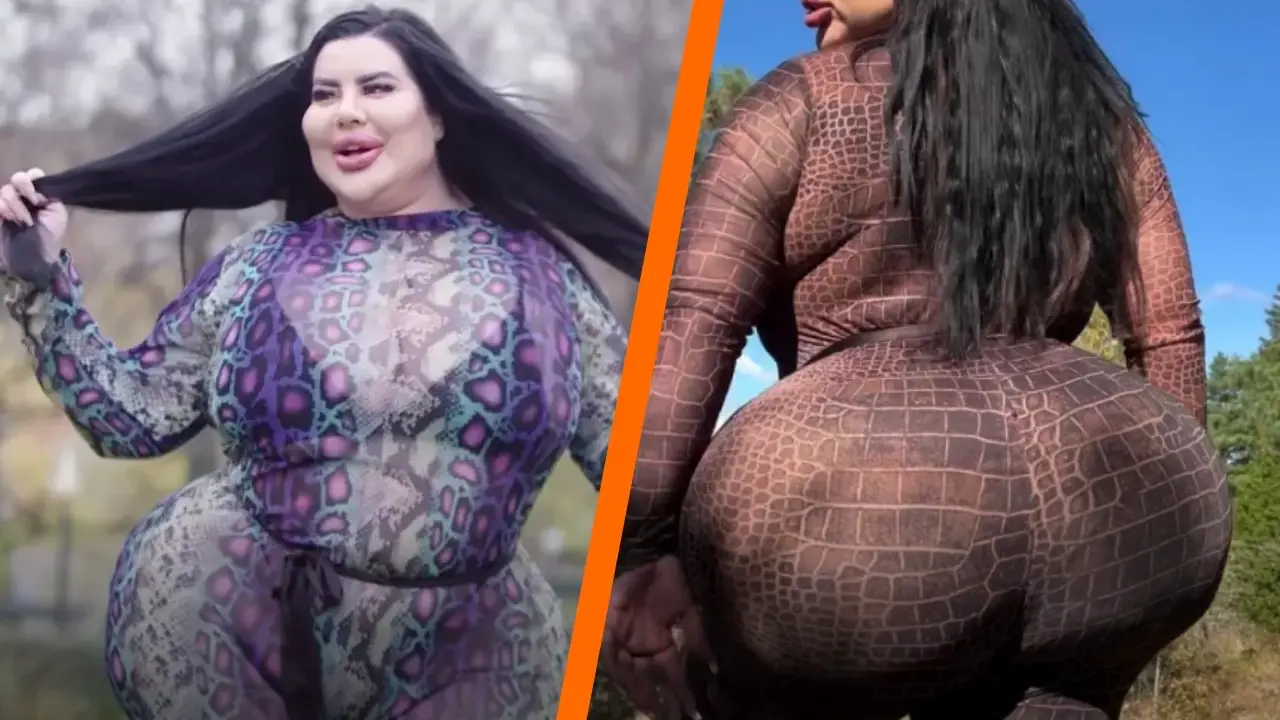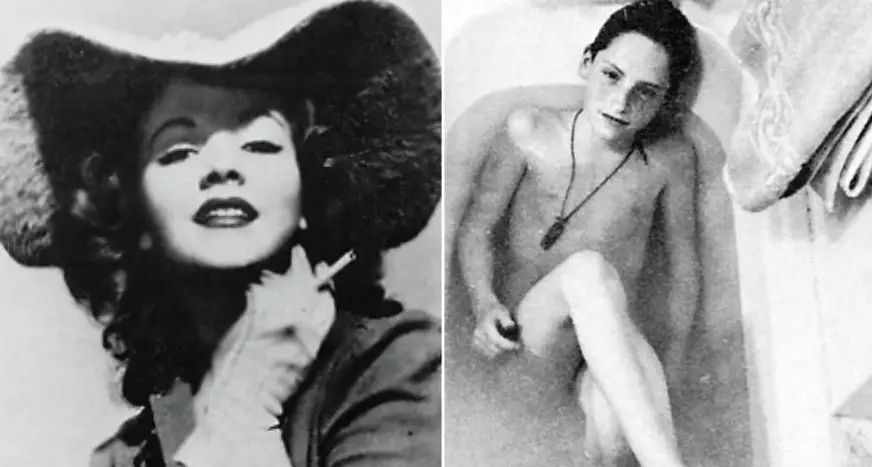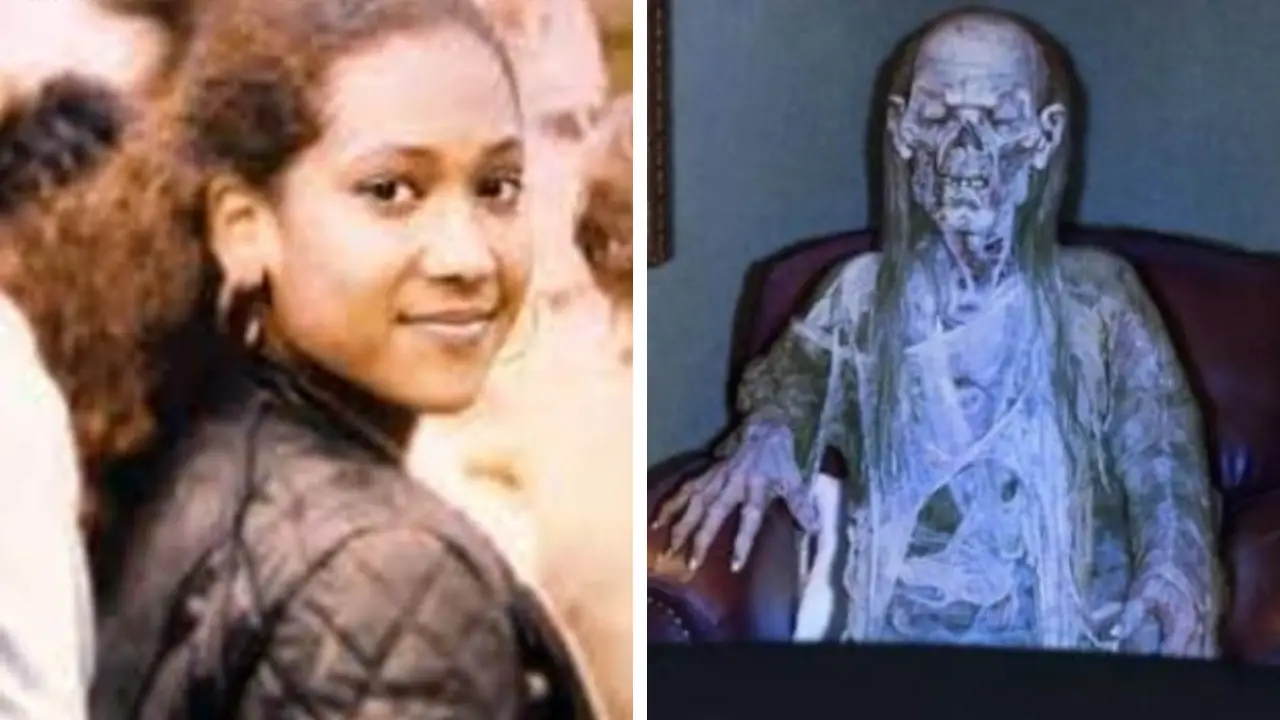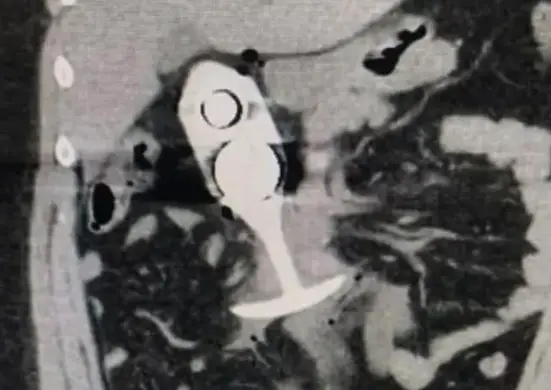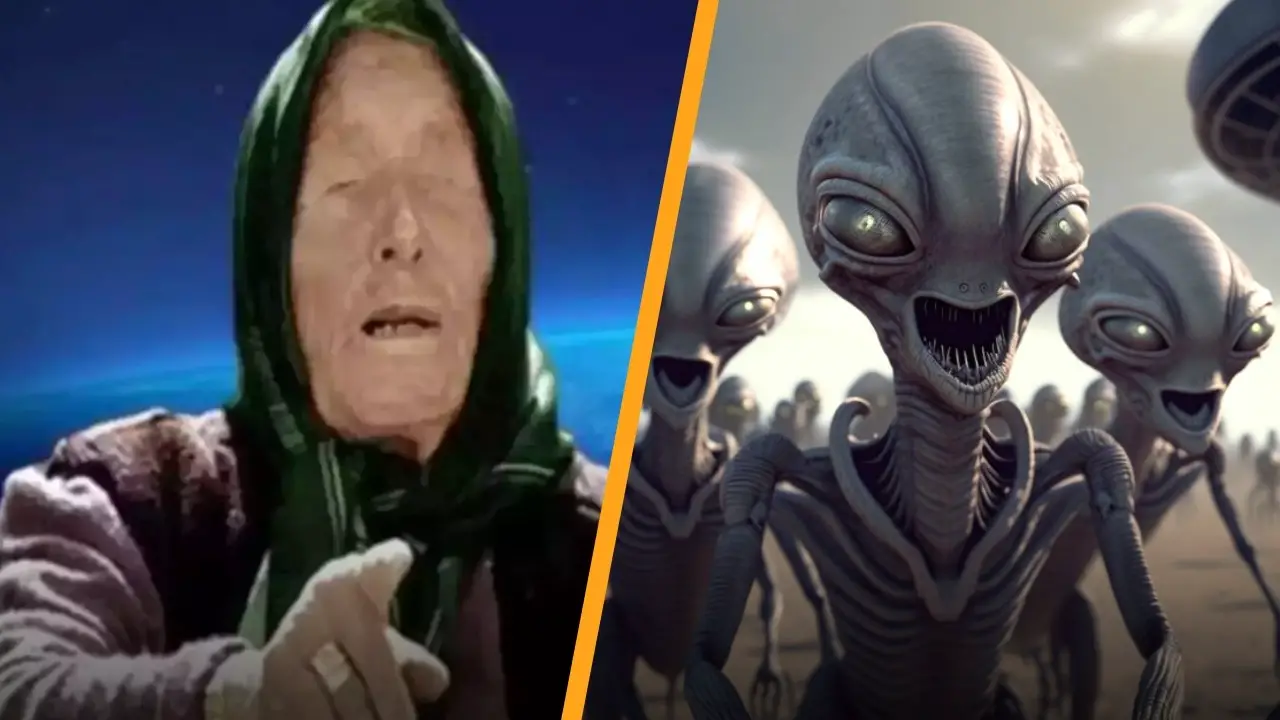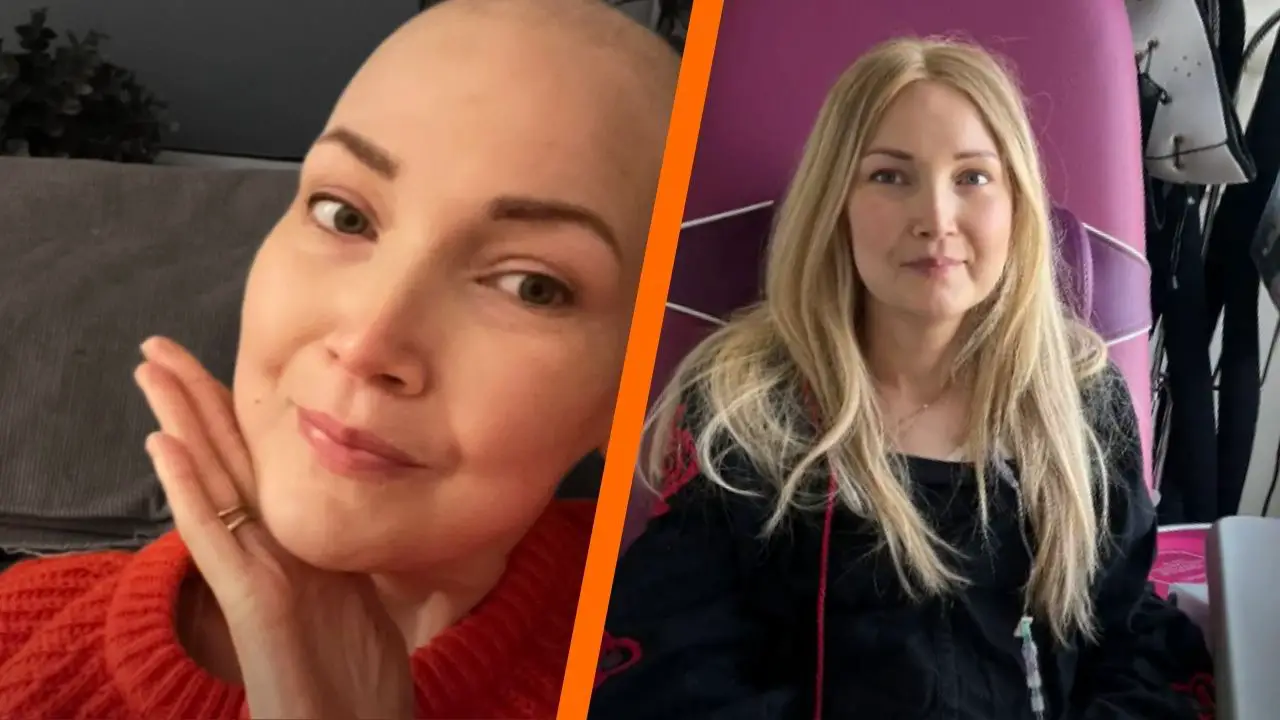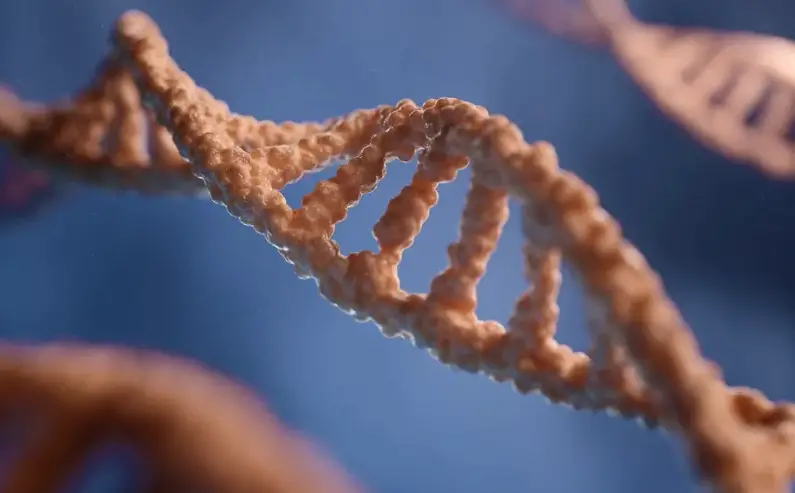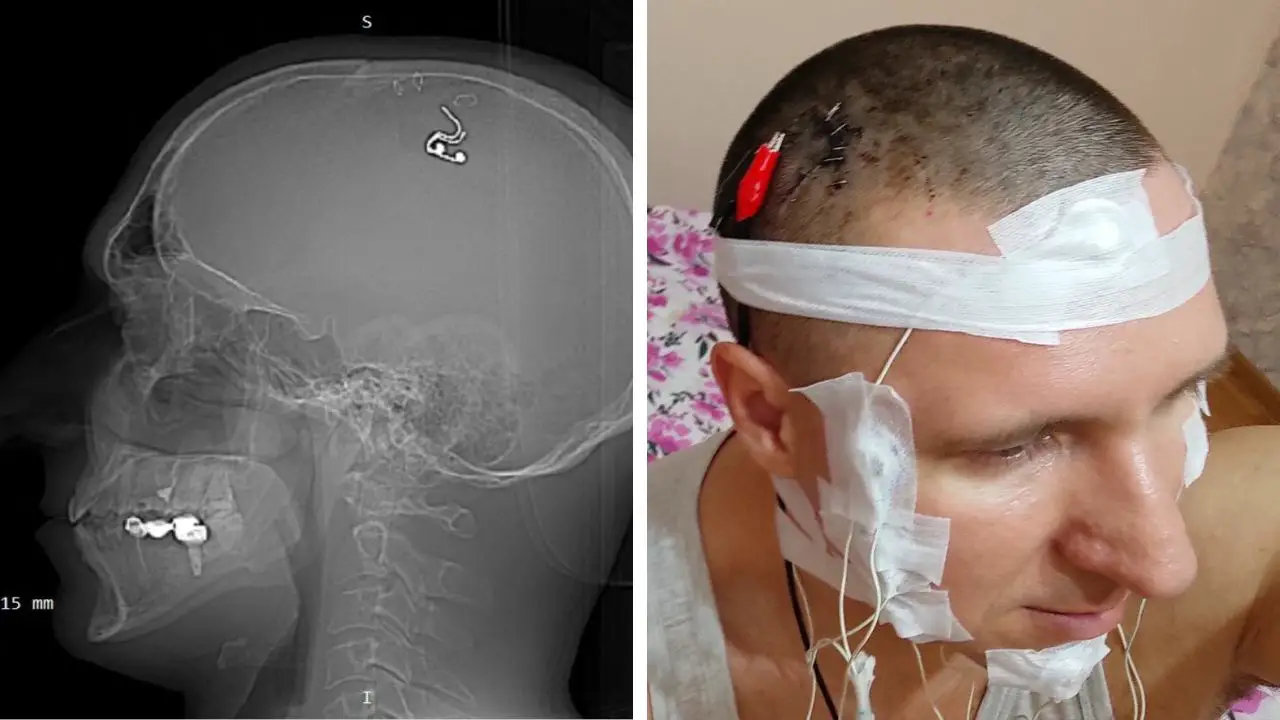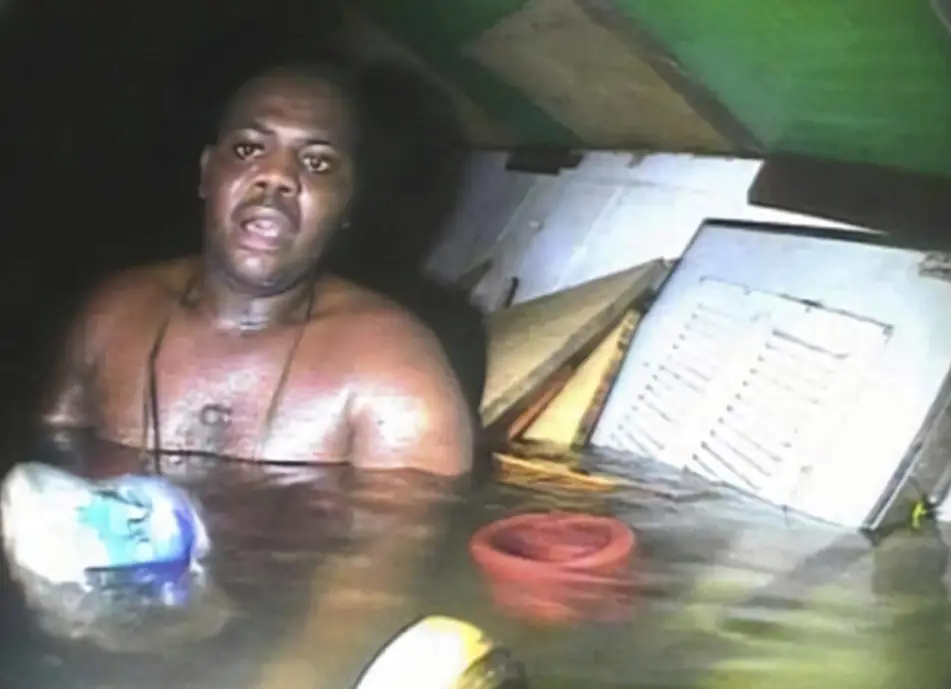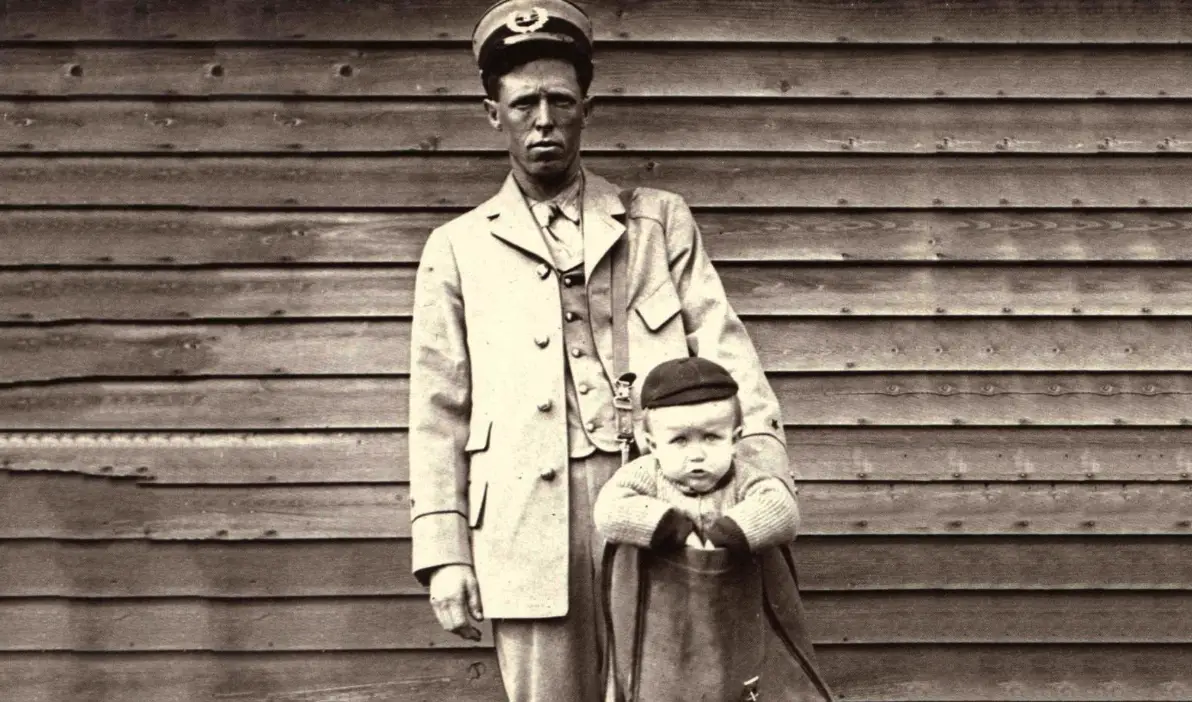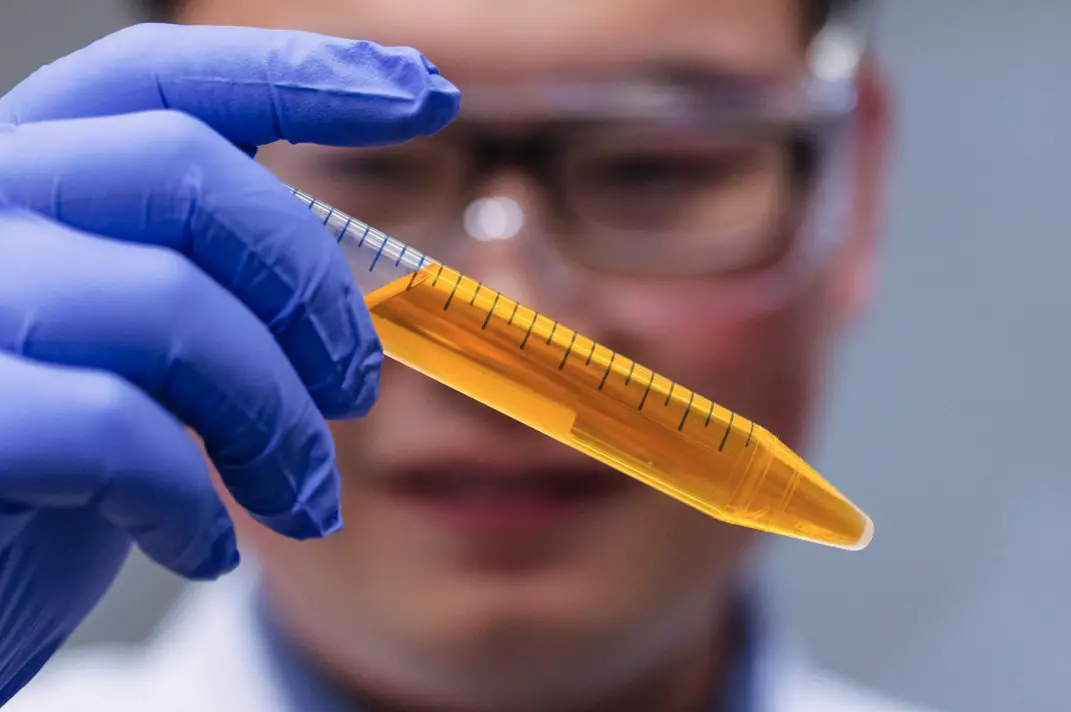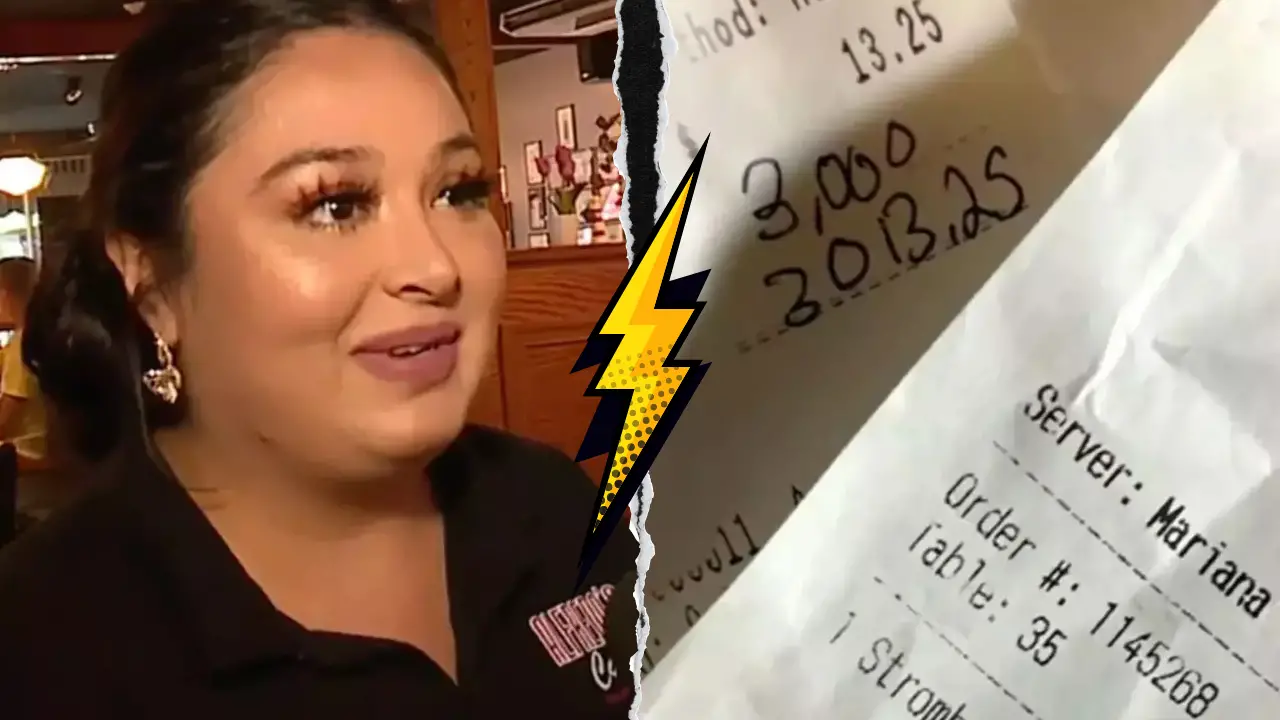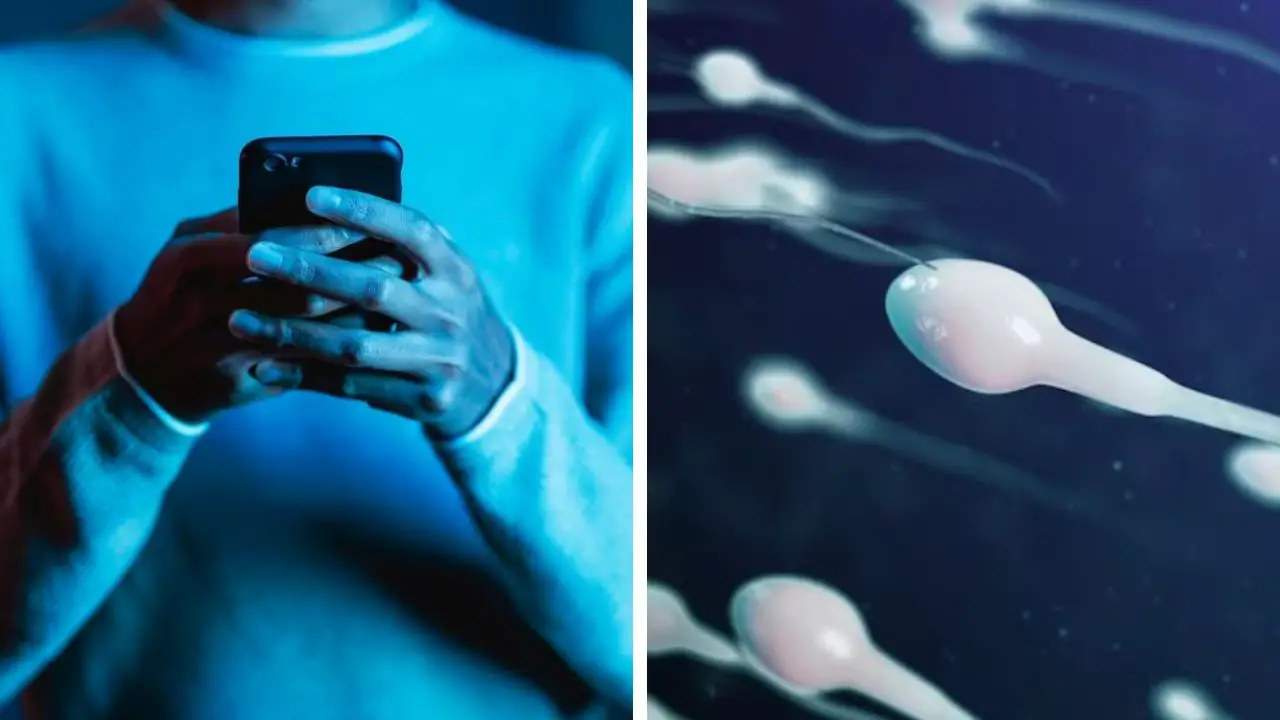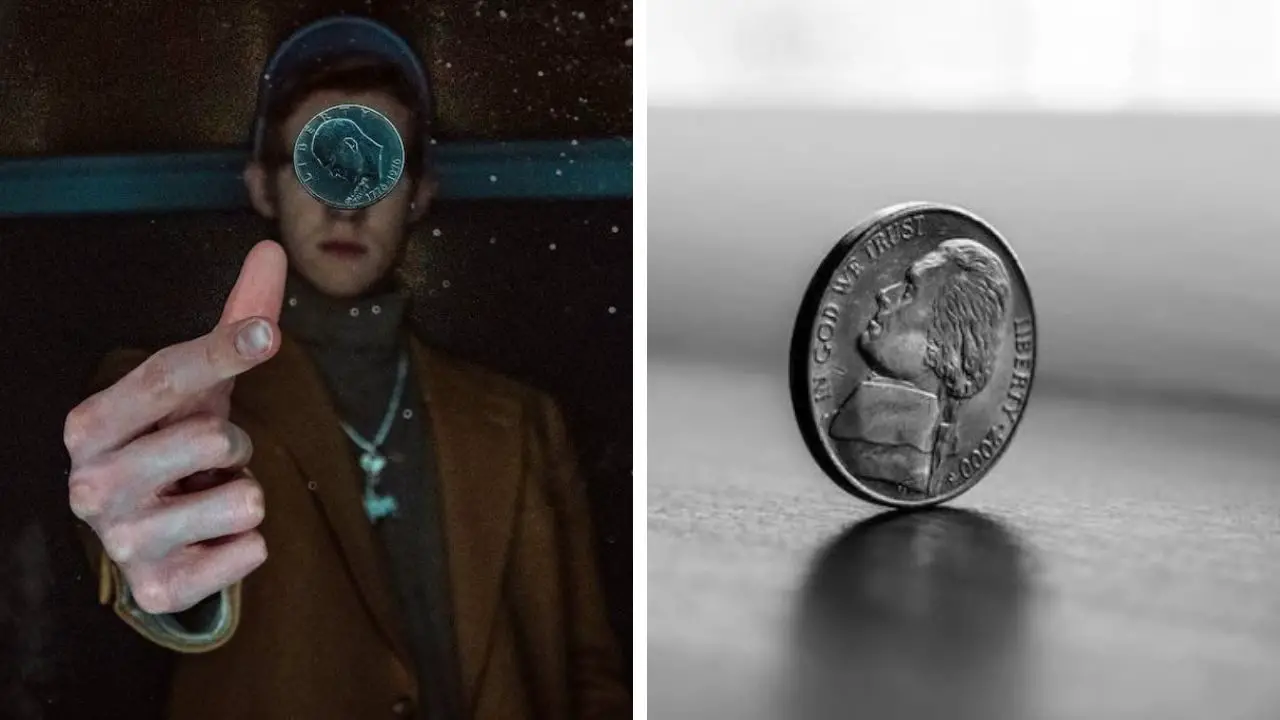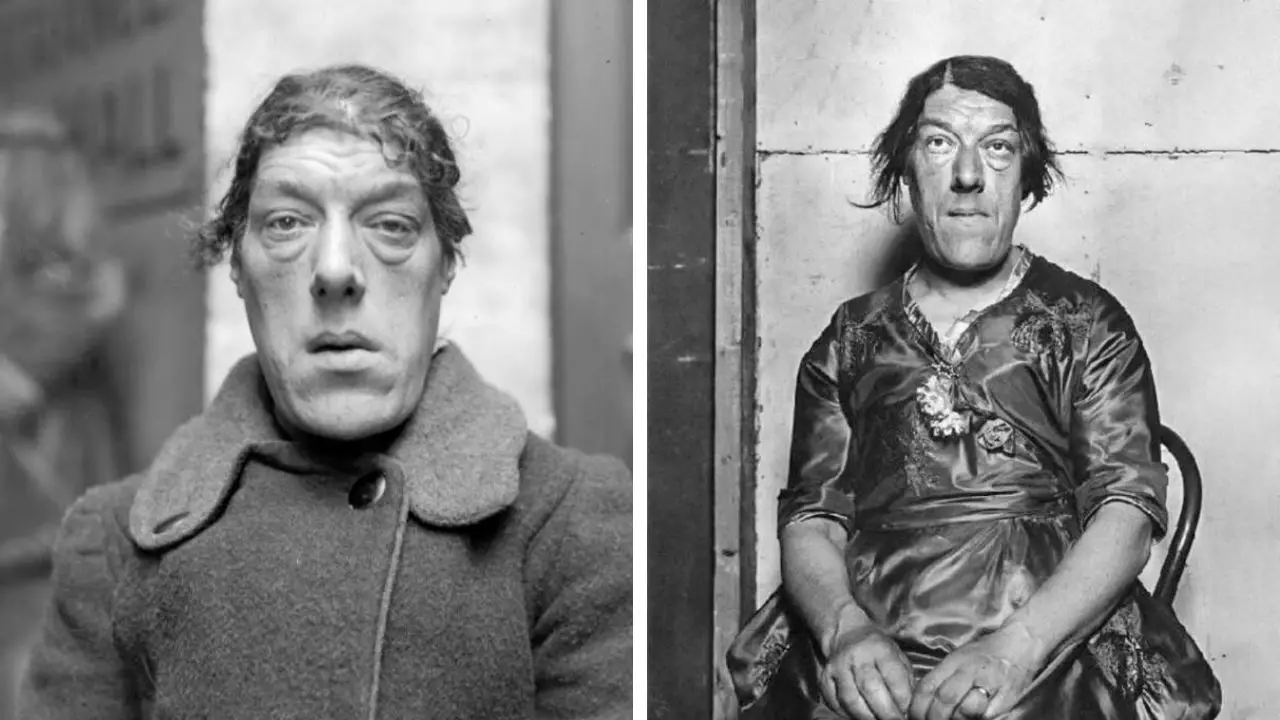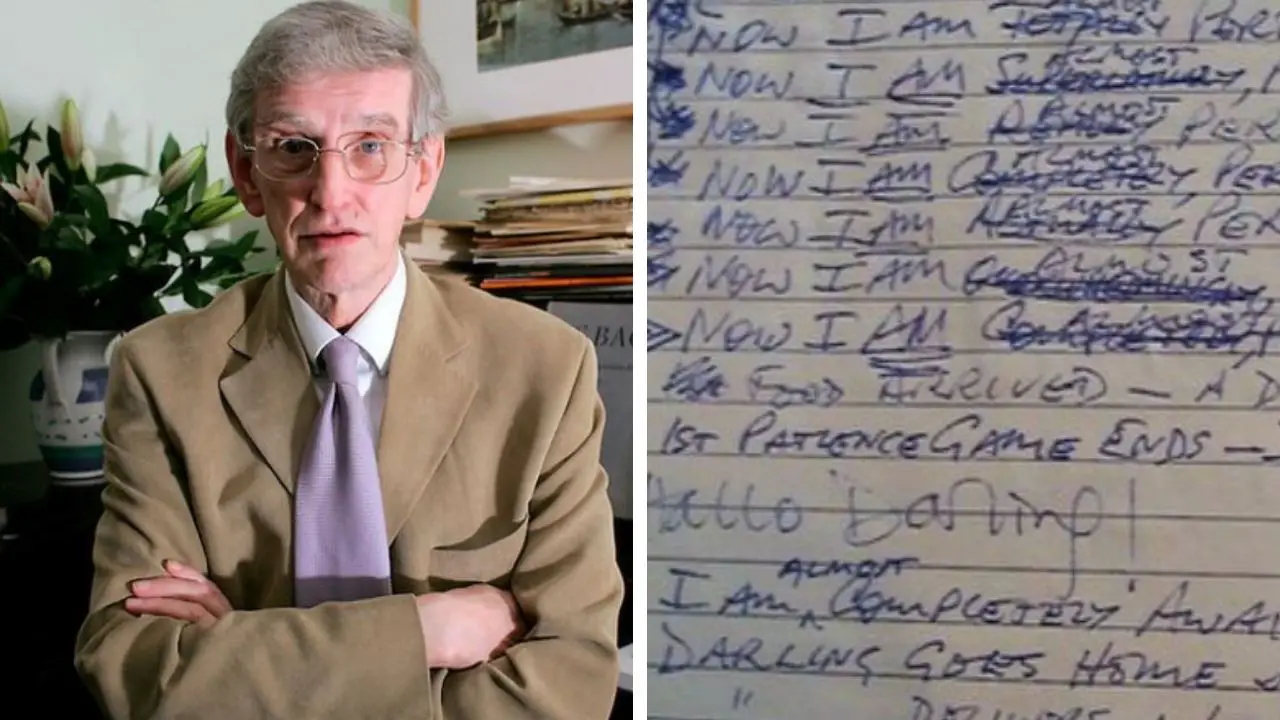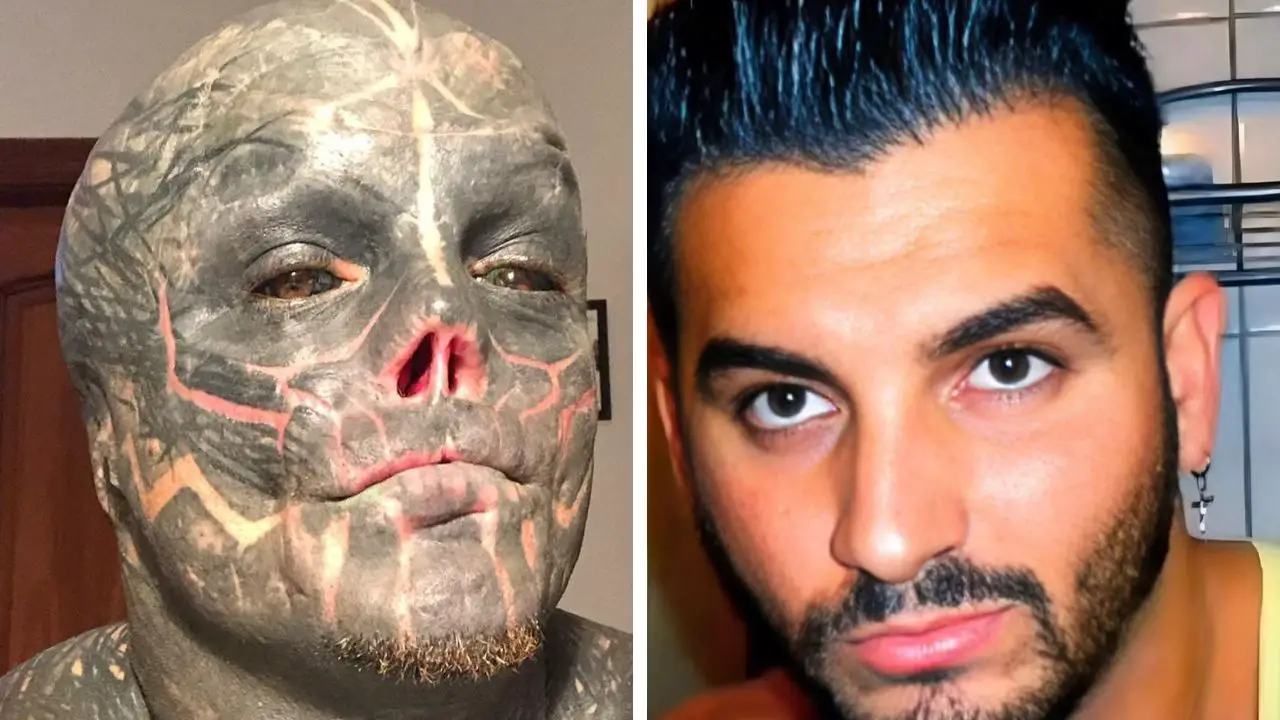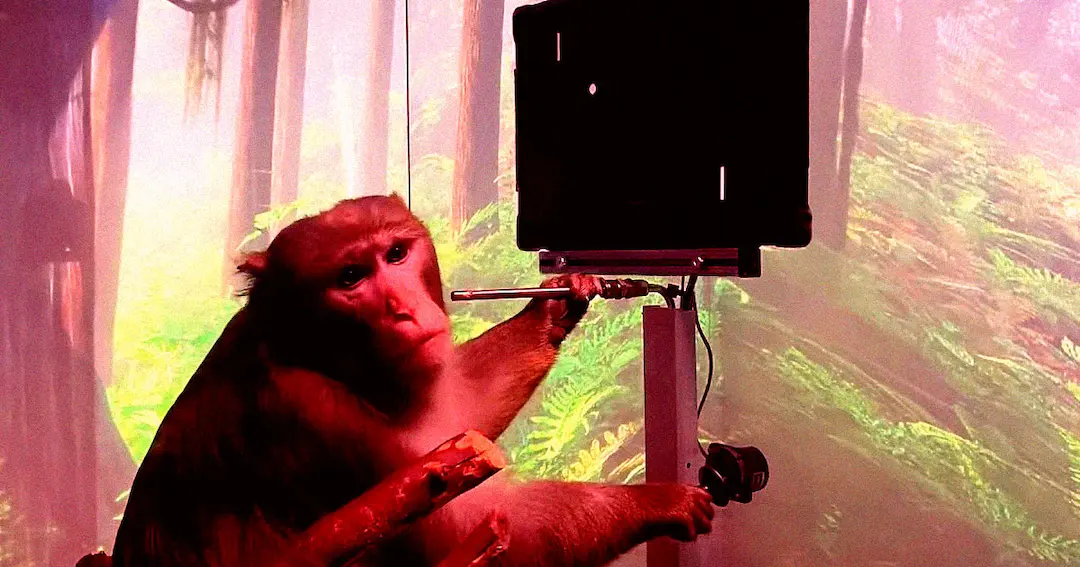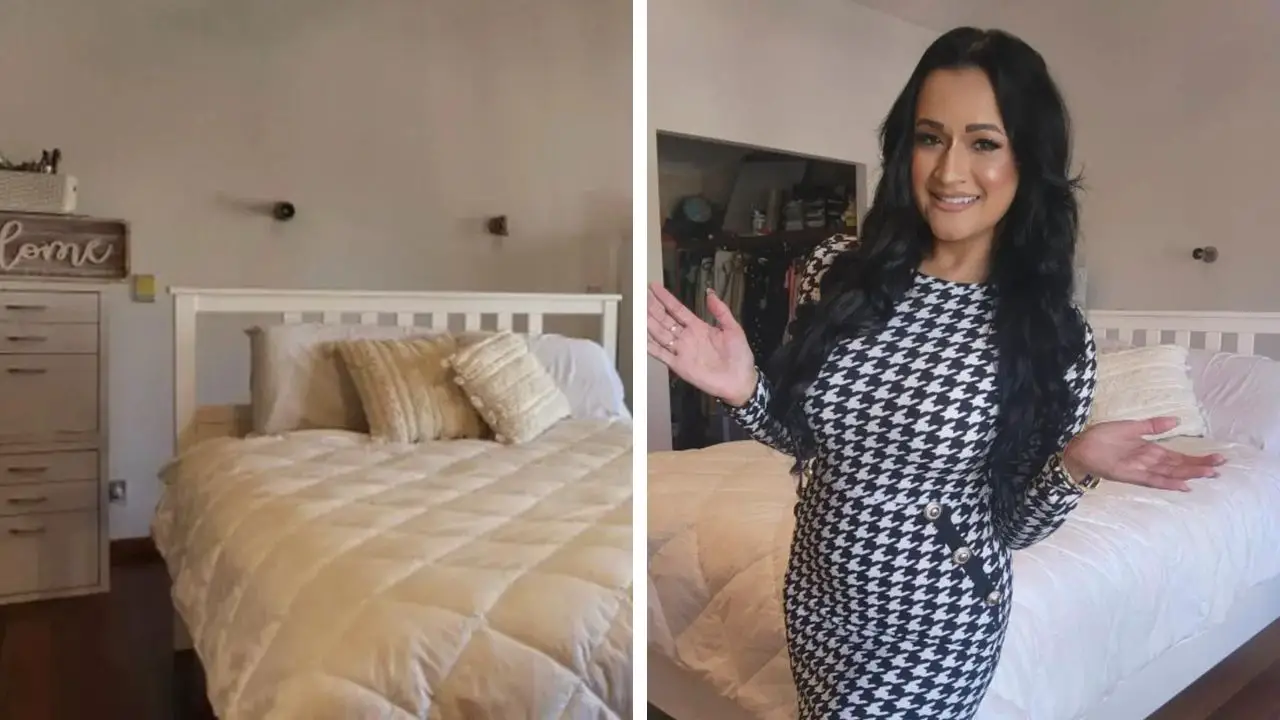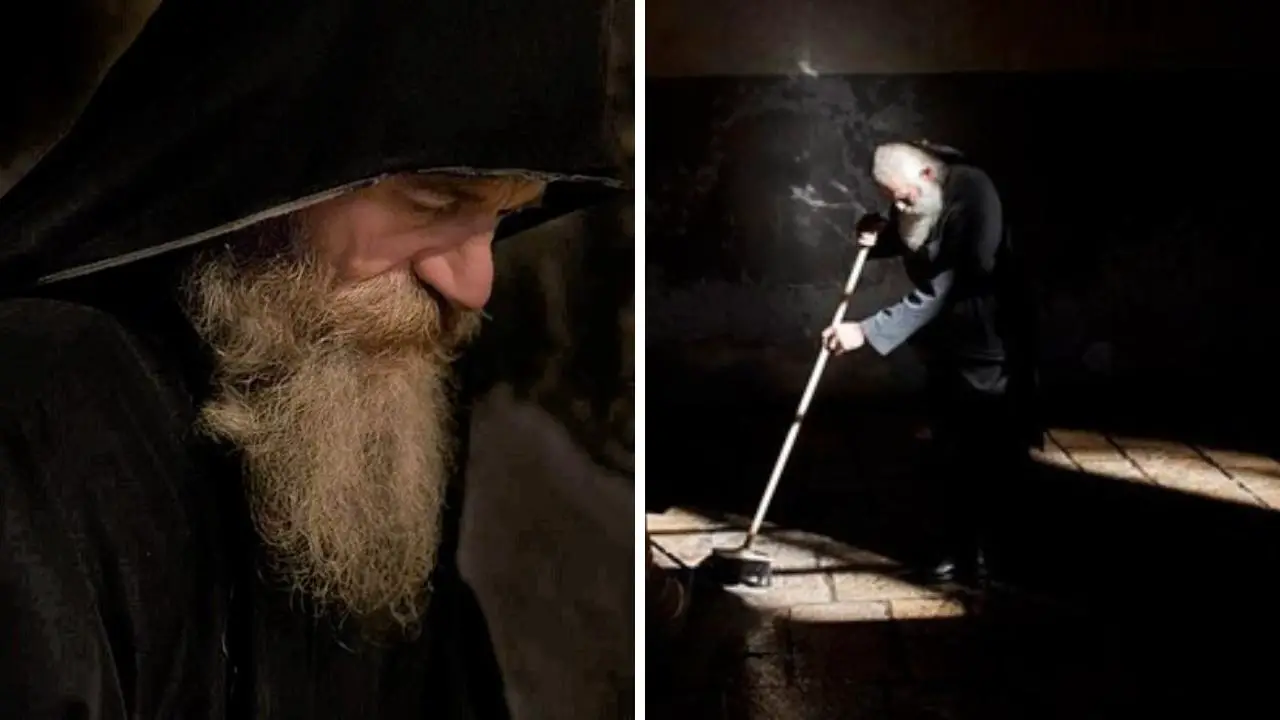Artist Makes 3D Portraits From DNA Found on Chewing Gum, Cigarette Filters
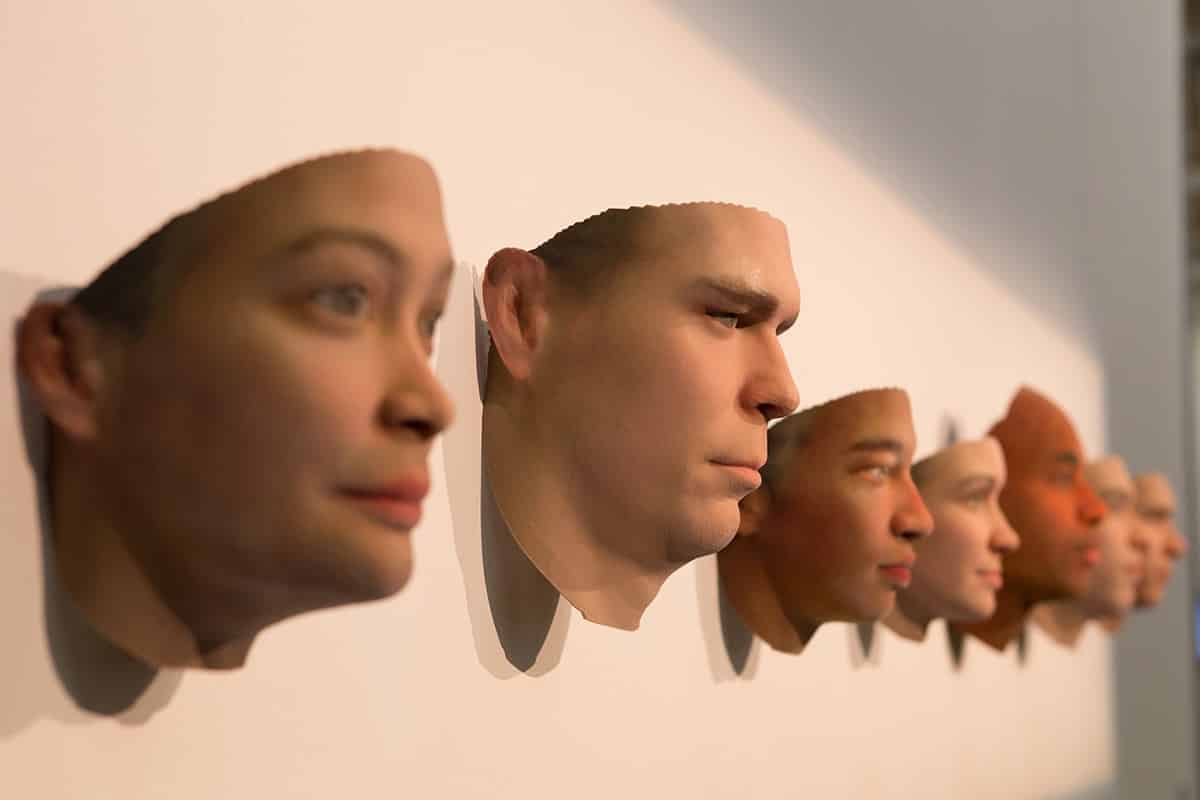
- American artist Heather Dewey-Hagborg 3D-prints faces from DNA extracted from discarded chewing gum, cigarette butts, and hair.
- The project highlights privacy issues and sparks dialogue on genetic surveillance and personal data protection.
- Advanced DNA facial modeling software and 3D printing bring speculative portraits of strangers to life, blending science and art.
In the bustling streets of New York City, each discarded cigarette butt, chewed-up gum, or stray hair resting unnoticed holds a secret—an invisible imprint of identity encoded in DNA.
What if these fragments of genetic material could reveal the features of their anonymous owners?
Heather Dewey-Hagborg, an American artist and biohacker, dared to explore this question.
Using cutting-edge DNA extraction techniques alongside sophisticated facial modeling software and 3D printing, she has created a groundbreaking body of work—life-sized, detailed 3D portraits constructed purely from the genetic clues scavenged from public spaces.
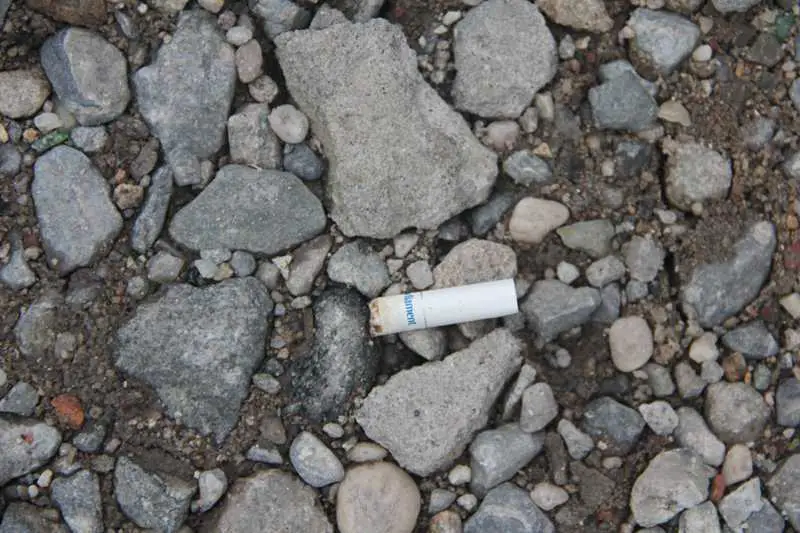
This unconventional form of portraiture, first realized in her acclaimed project Stranger Visions, reveals not merely faces but stark commentary on the rapidly advancing era of genetic surveillance, privacy concerns, and the cultural implications of our biological data being unknowingly collected and analyzed.
The Science Behind the Art
Dewey-Hagborg’s process begins with the seemingly mundane act of collecting genetic material left behind as people go about their daily lives.
“It all started with wondering what I could learn about someone from a little piece they left behind,” she said.
Materials like cigarette butts and chewed gum provide ample DNA, especially since the saliva embedded in these items contains thousands of genetic clues.
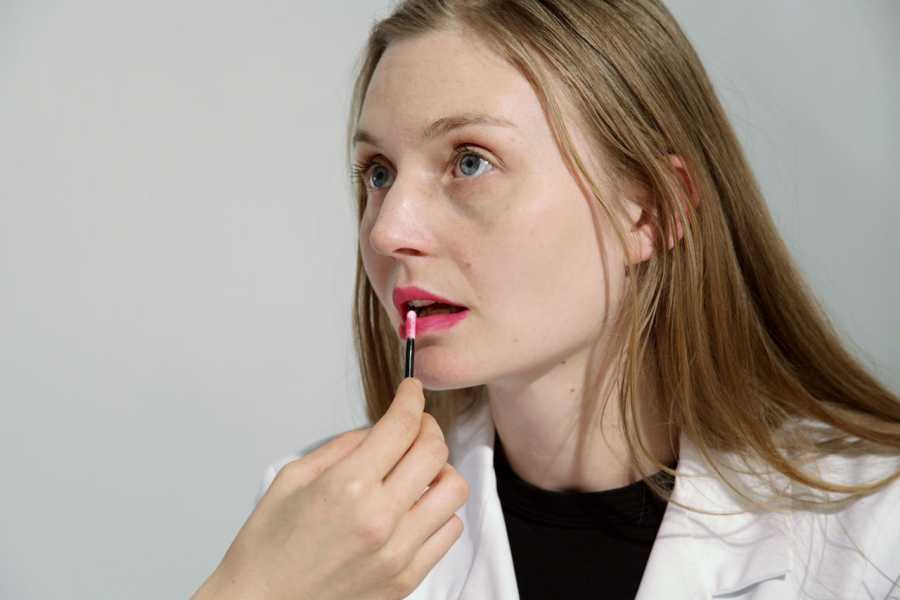
Once collected, these samples go to specialized labs—such as the Brooklyn-based community biology lab Genspace—where DNA is extracted using commercial kits and amplified with polymerase chain reaction (PCR) techniques, familiar to forensic scientists worldwide.
The sequences analyzed focus on around 40 to 50 genetic markers known to influence physical traits such as eye color, skin tone, hair color, facial structure (including nose width and jawline), and even propensities like obesity.
Using genetic data as input, Dewey-Hagborg employs a computational facial reconstruction software called the Basel Morphable Model.
This algorithm statistically predicts probable facial features based on complex genomic correlations and ethnic indicators, producing a 3D computerized image of a hypothetical subject.
Finally, the digital renderings are brought into the physical realm using 3D printers, producing striking masks that represent both the science of genomics and the art of interpretation.
| Key Aspects | Details |
|---|---|
| Materials Collected | Chewing gum, cigarette butts, hair, fingernails |
| Genetic Traits Analyzed | Eye color, skin pigmentation, hair color, nose shape, ethnicity, gender, obesity risk |
| Tools and Techniques | DNA extraction, PCR amplification, Basel Morphable Model facial reconstruction, 3D printing |
| Main Project | Stranger Visions |
| Locations of Collection | New York City streets, subways, public bathrooms, restaurants |
| Ethical Implications Explored | Genetic privacy, surveillance, data protection |
| Artistic and Scientific Collaboration | Genspace Community Lab, Rensselaer Polytechnic Institute |
| Notable Exhibition Venues | New York Public Library, Ars Electronica, Eyebeam, Science Gallery Dublin |
| Additional Innovations | Invisible spray product to erase DNA traces (chemical counter-surveillance method) |
A Dialogue About Genetic Surveillance
More than just an art project, Stranger Visions was designed to provoke debate about a future where DNA can be collected, analyzed, and reassembled to create identities without consent.
Dewey-Hagborg raises urgent questions: “How much of our personal information are we revealing—unknowingly—as we live our everyday lives? Should anonymity be a choice in this age of advanced genetic technology?”
Her work gained particular resonance as forensic DNA phenotyping—a method to infer physical appearance from DNA—began adoption by law enforcement agencies globally.
Technologies like “DNA Snapshot,” launched by Parabon NanoLabs, echo the tools Dewey-Hagborg used but are deployed at scale in criminal investigations, stirring controversy over privacy rights and ethical boundaries.

To counteract the potential misuse of genetic data, Dewey-Hagborg developed a two-step spray product called Invisible, designed to remove and mask DNA traces in public spaces.
One spray, “Erase,” destroys 99.5% of DNA on surfaces, while the other, “Replace,” cloaks residual DNA with a mixture sourced from multiple people, essentially camouflaging the original genetic signature.
This inventive approach invites society to consider how to balance scientific progress with individual privacy.
Behind the Faces: Stories from the Streets
Each 3D-printed mask is a speculative rendition—never a perfect replication—yet provides compelling insight into the diversity and complexity of urban life.
For instance, one portrait generated from a cigarette filter found in Brooklyn indicated a female subject with Southern European or Portuguese ancestry, brown eyes, a relatively small nose, and lower than average obesity risk.
Dewey-Hagborg’s revealing process transforms anonymous genetic traces into a compelling, almost eerie visualization of strangers who share the city’s space yet remain unseen.
The masks themselves have been exhibited worldwide, featured in galleries from the Wellcome Collection in London, capturing the imagination of those intrigued by the fusion of art, science, and ethics.
WATCH!
Technical Challenges and Limitations
Despite the vivid outcomes, Dewey-Hagborg acknowledges limitations.
The portraits are probabilistic, representing possible appearances based on genetic markers but influenced by inherent biological variability and environmental factors.
The resulting images are better described as hypothetical relatives rather than exact genetic doubles.
Furthermore, not all physical traits have clear genetic determinants currently identifiable from DNA sequences.
Her technique, while innovative, still cannot reveal complex personality traits or exact likenesses, emphasizing the speculative nature of the work.
An Expanding Artistic Vision
Heather Dewey-Hagborg’s project also intersects with sociopolitical issues, raising awareness on how DNA technology could be used beyond criminal forensics: in insurance risk assessment, employment screening, or genetic discrimination.
By rendering the invisible visible through art, she invites viewers to critically consider the implications of biotechnological advancement in society.
She has also collaborated with figures like Chelsea Manning, creating full sets of 3D portraits from Manning’s donated DNA, expanding her exploration of identity, privacy, and public exposure in the digital age.

If a discarded gum or cigarette butt can reveal so much as to conjure a face, what might lie hidden in the strands of your own DNA?
As Heather Dewey-Hagborg’s art exposes intimate biological data laid bare on the streets, it invites us all to ponder: in a world of growing genetic surveillance, what will it mean to be truly anonymous?
The answer may be unfolding before our very eyes, piece by piece, print by print.
Explore the future where art meets bioinformatics, and every trace we leave might tell a story waiting to be told.

